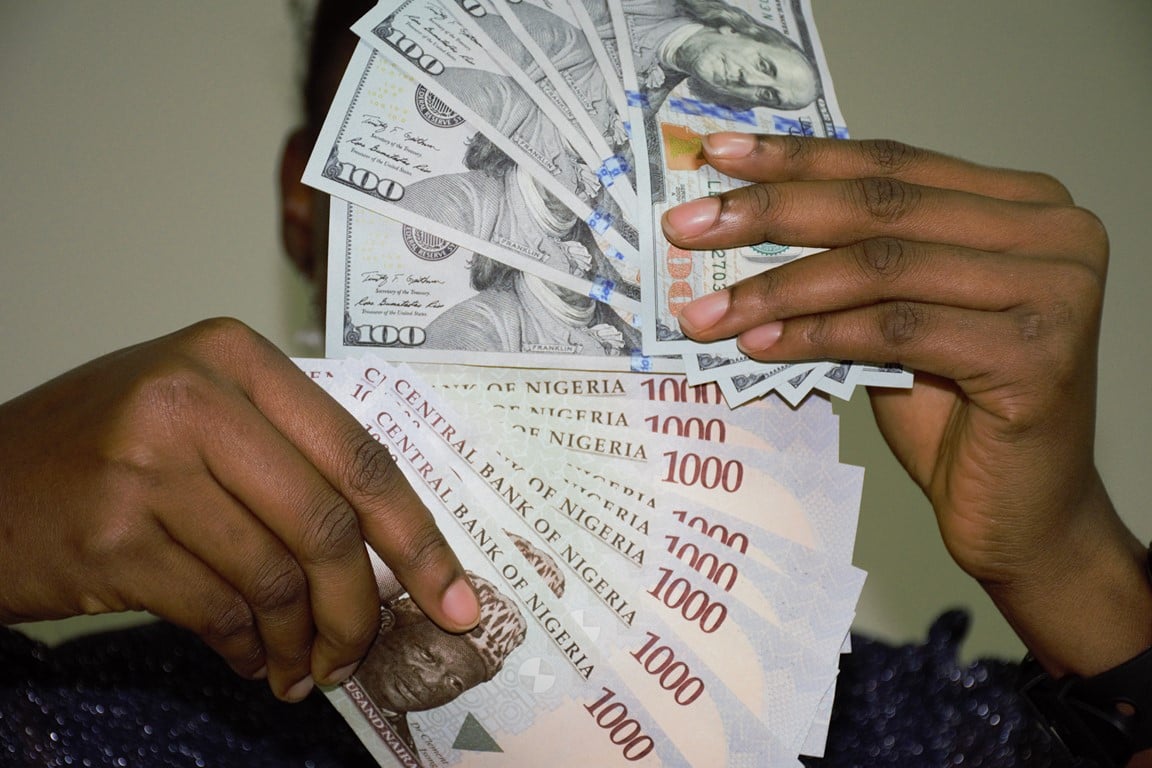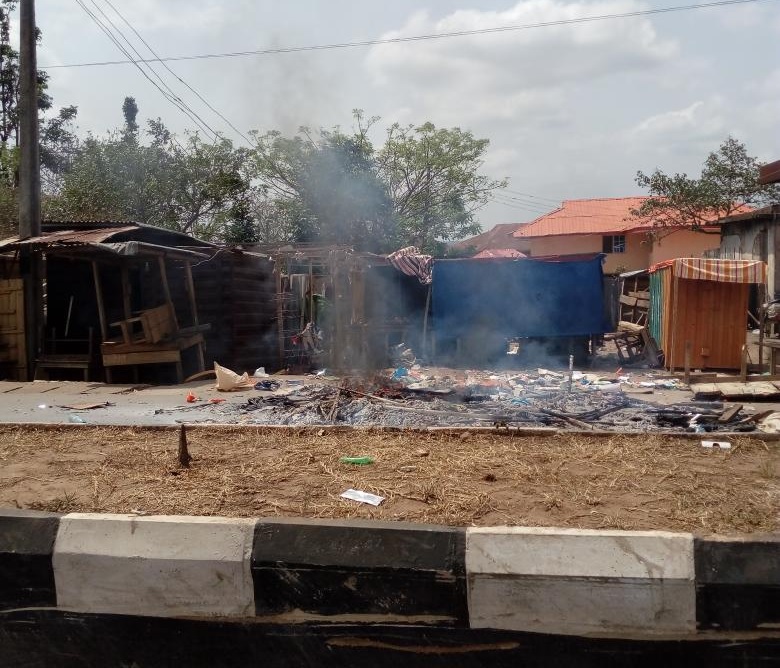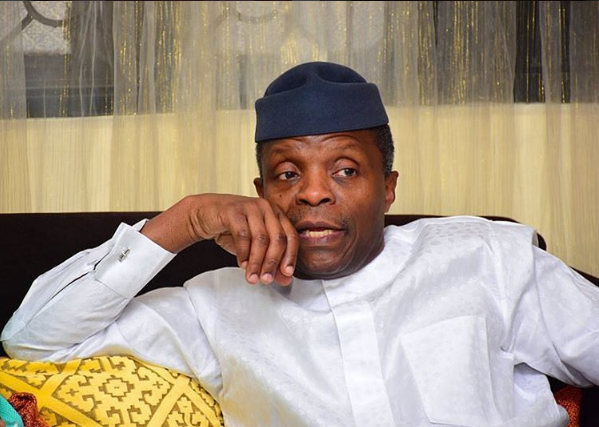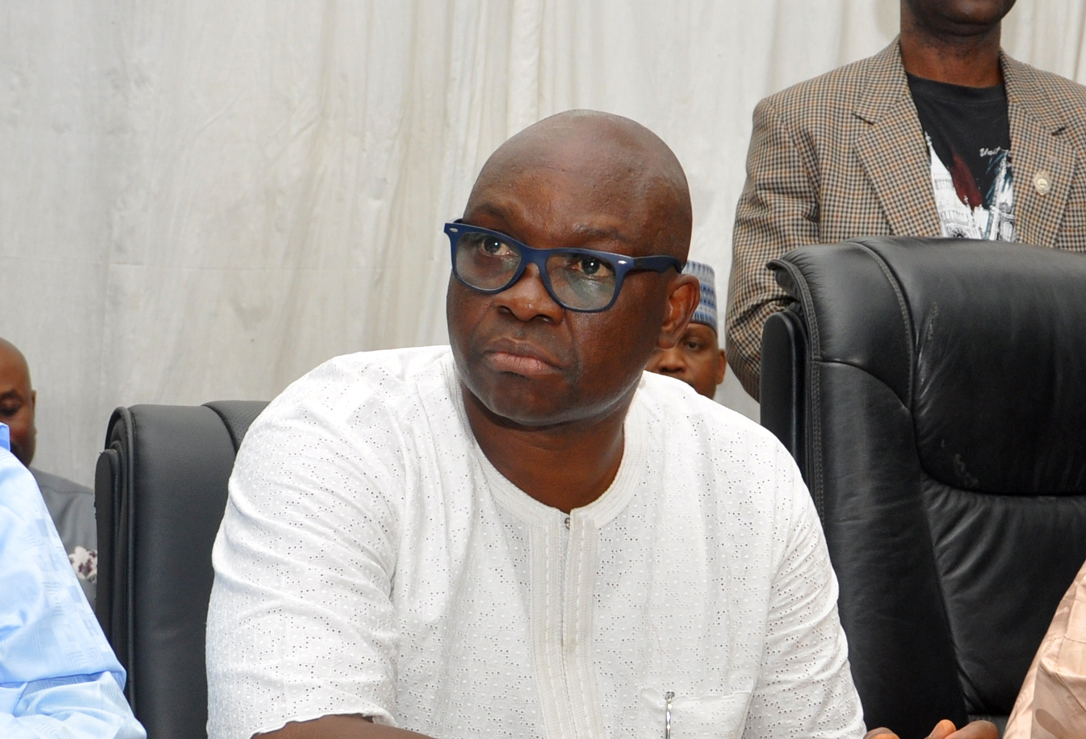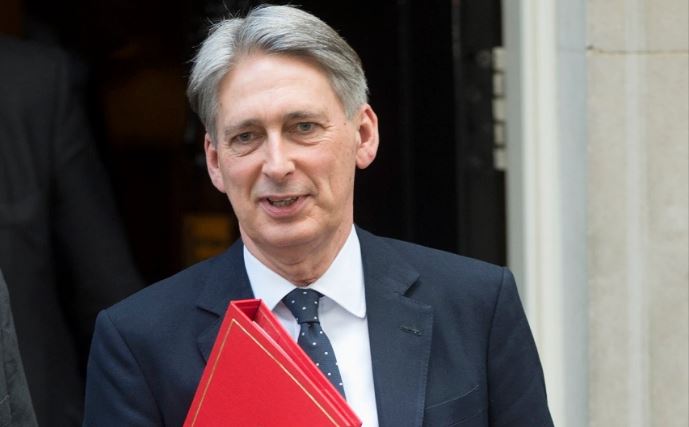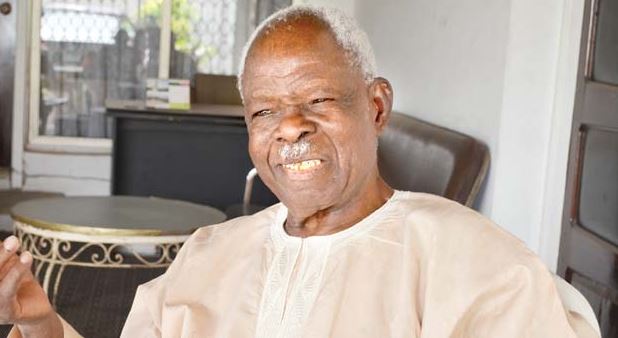Since Nigeria was confirmed to have slipped into a recession in August 2016, Nigerians, investors from across the world, the World Bank and International Monetary Fund (IMF) have been waiting on the Muhammadu Buhari government to roll out an economic blueprint for recovery.
After six long months, the ministry of budget and national planning eventually released the document for the recovery and growth of the Nigerian economy.
After combing through the 140-paged document, TheCable presents the top 10 things Buhari’s economic recovery plan hopes to achieve.
1. REVIEW BAN ON 41 ITEMS, FREE FOREX MARKET
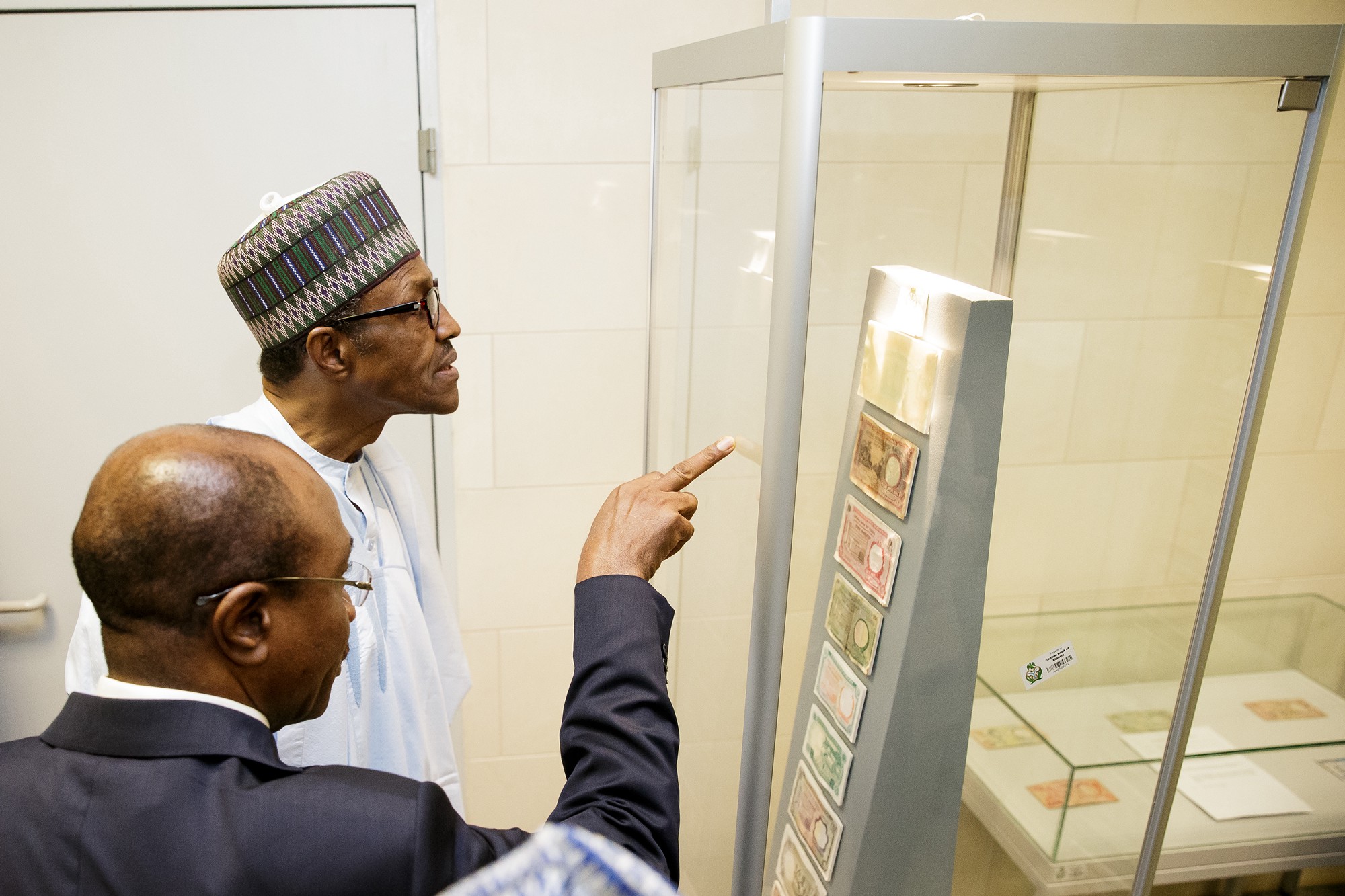
In 2015, the Central Bank of Nigeria (CBN) excluded 41 items from getting foreign exchange official “in order to stimulate local production” of some goods, including toothpick, tomato paste, rice. With the new recovery plan, the CBN will be shifting grounds on the policy, which it now calls “temporary”.
Advertisement
“In 2015, it introduced a ban on forty-one (41) goods and services from accessing foreign exchange in the inter-bank foreign exchange rate market,” the plan says. “It is instructive to point out that this is a temporary policy measure that would be reviewed with a view to removing the market restrictions over time.”
“Removing FX market restrictions” is what many critics of this government have been longing to hear. The naira currently has several exchange rates as a result of official restrictions, ranging from N305/$1 to N455/$1.
2. SELL NATIONAL ASSETS

The sale of national assets is still on the table, and the government is ready to go ahead with the plan of reducing ownership of oil and non-oil assets.
Advertisement
“Selected public enterprises/assets will be privatized to optimize their efficiency and reduce fiscal burden on the government,” the plan says.
It seeks to “reduce the Federal Government’s stake in JV oil assets,” and “significantly reduce Federal Government stakes in other oil and non-oil assets”.
3. CREATE 15 MILLION JOBS BY 2020
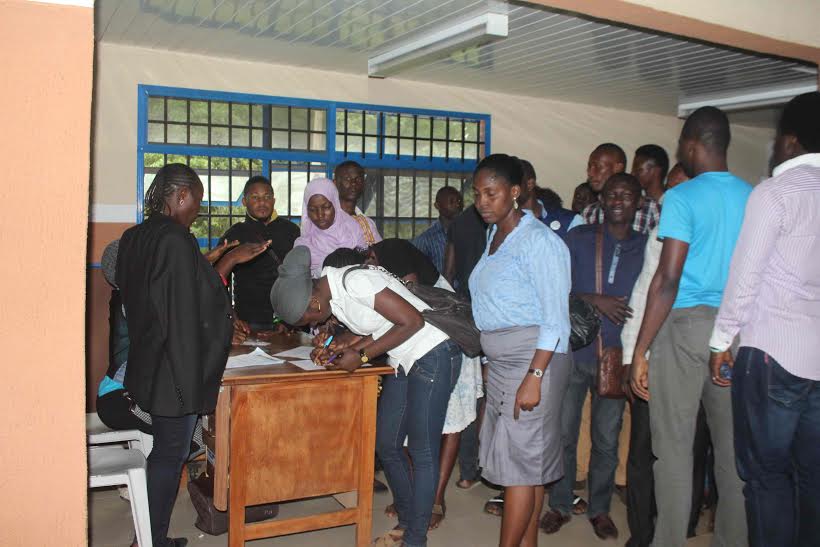
The All Progressives Congress (APC) had an ambitious plan when it said it would create three million jobs per year, before the 2015 elections. Since the party took power at the federal level, unemployment has spiked rather than reduce.
The government is even more ambitious, with another 15 million job promise in the ERGP.
Advertisement
“One major strategy is to accelerate implementation of the National Industrial Revolution Plan (NIRP) through Special Economic Zones (SEZs). The focus will be on priority sectors to generate jobs, promote exports, boost growth and upgrade skills to create 1.5 million jobs by 2020.
“The implementation of the Plan is projected to reduce unemployment from 13.9 per cent as of Q3 2016 to 11.23 per cent by 2020. This translates to the creation of over 15 million jobs during the Plan horizon or an average of 3.7 million jobs per annum.”
4. DON’T IMPORT A DROP OF PETROL BY 2020

Ibe Kachikwu, minister of state for petroleum resources, has long projected that Nigeria will reduce petroleum imports by 60 percent by 2018, but the ERGP has a more daring stance of not importing a drop of petrol by 2020.
“Boost local refining for self-sufficiency. Reduce petroleum product imports by 60 per cent by 2018, become a net exporter by 2020, save foreign exchange and prevent reversion to the fuel subsidy regime,” the plan highlights.
Advertisement
5. HIT 10,000 MEGAWATTS BY 2020 — BUT NO SELLING TCN
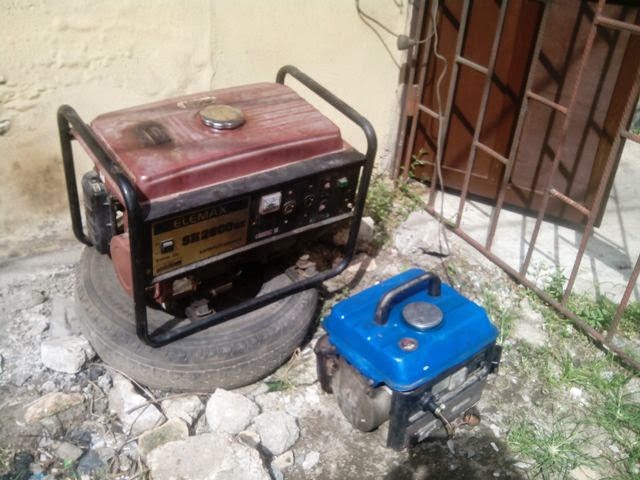
Against popular expectations in the private sector, the government has no plan to lett go of its grip on the Transmission Company of Nigeria (TCN), but seeks to raise power output to 10,000 megawatts by 2020.
“With regard to the power value chain, efforts will be concentrated on overcoming the current challenges which relate to governance, funding, legal, regulatory, and pricing issues across the three main power segments of generation, transmission and distribution, and ensuring stricter contract and regulatory compliance.
Advertisement
“The ERGP aims to achieve 10 GW of operational capacity by 2020 and to improve the energy mix including through greater use of renewable energy.
“The Plan also aims to increase power generation by optimizing operational capacity, encouraging small-scale projects, and building more capacity over the long term. Government will also invest in transmission infrastructure.”
Advertisement
6. RAISE VAT TO 15% — ONLY ON LUXURY ITEMS

The World Bank and IMF have repeatedly called on Nigeria to raise value added tax (VAT) to improve its tax-to-GDP ratio. While Nigeria will not bulge, it will increase tax to GDP, via luxury items.
The plan is to increase the tax base by raising the VAT rate for luxury items from 5 to 15 per cent from 2018, while improving CIT and VAT compliance to raise 350 billion annually.
Advertisement
This will in turn, “increase tax to GDP ratio from the current 6 per cent to 15 per cent during the period”.
7. RAISE OIL PRODUCTION TO 2.5MBPD
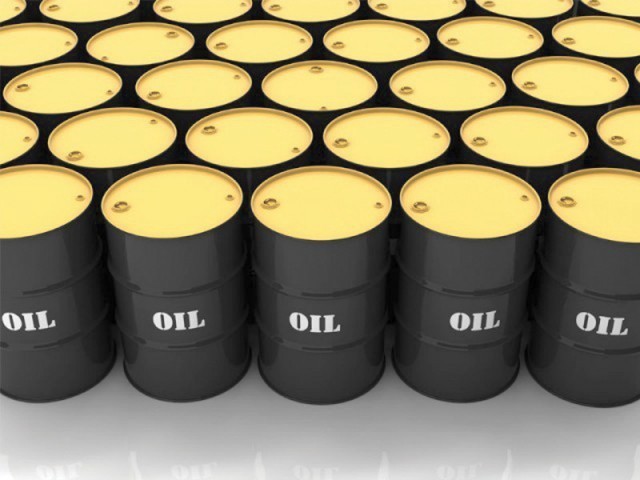
As Nigeria diversifies its economy, it recognises that it needs oil money to diversify away from oil. In doing so, the government plans to raise additional N800 billion per annum from oil, by 2020.
The plans seeks to “urgently increase oil production: Restore production to 2.2 mbpd in the short term and 2.5 mbpd by 2020 to increase export earnings and government revenues by an additional N800 billion annually”.
8. TAKE INFLATION BACK TO SINGLE DIGIT
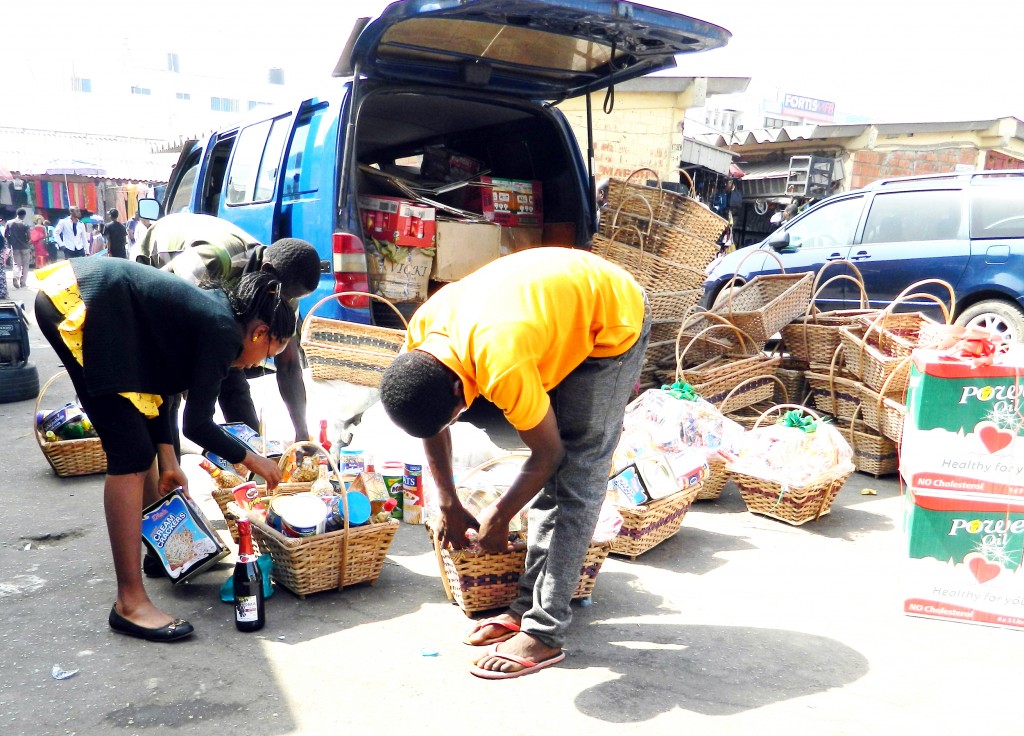
When President Muhammadu Buhari took office, Nigeria’s inflation was at about nine percent. In 2016, inflation doubled, moving to 18.55 percentt in December.
The recovery plan seeks to cut inflation to 15.7 percent in 2017, and down to 9.9 percent by 2020, based on sound macroeconomic policies.
9. ACHIEVE TOMATO, RICE, WHEAT SELF-SUFFICIENCY
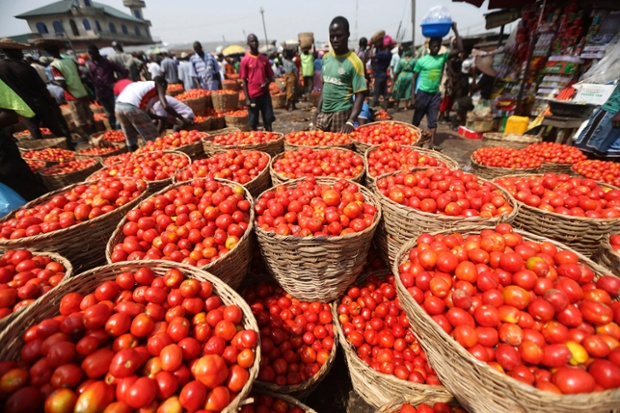
The plan projects that “investment in agriculture will drive food security by achieving self-sufficiency in tomato paste (in 2017), rice (in 2018) and wheat (in 2020)”.
“Thus, by 2020, Nigeria is projected to become a net exporter of key agricultural products, such as rice, cashew nuts, groundnuts, cassava and vegetable oil.
The government also plans to “open up a minimum of 100,000 hectares of irrigable land through the 12 River Basin Development Authorities by 2020,” and “expand the use of dams for commercial farming and aquaculture”.
10. PROVIDE TWO MILLION HOUSES BY 2020
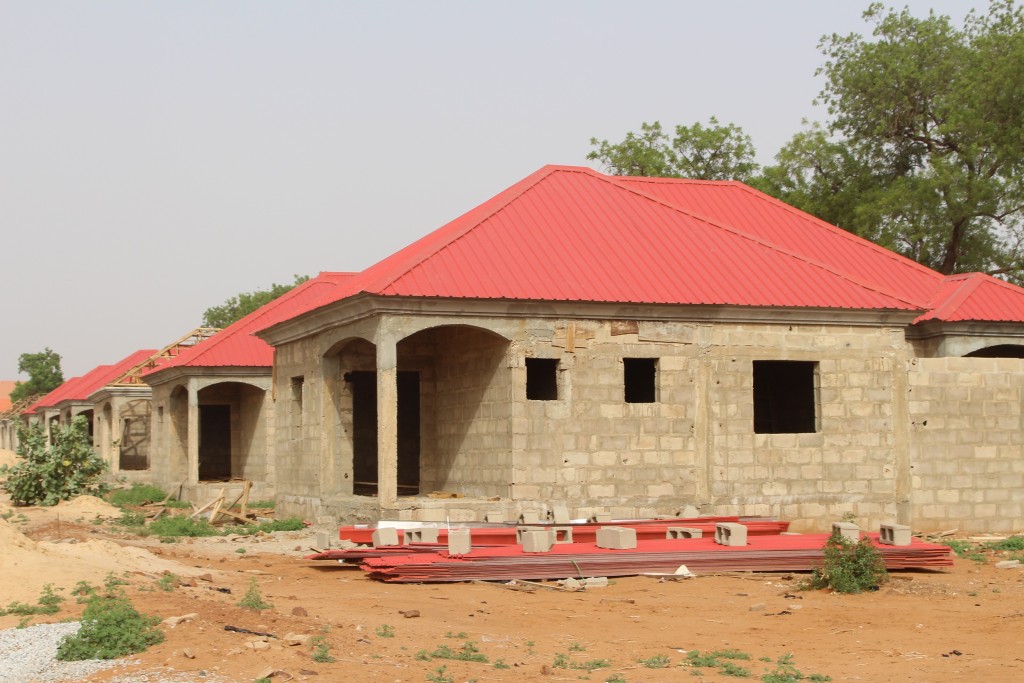
The Buhari-led admin seeks to “improve access to finance for the construction industry, e.g., by fast-tracking implementation of the proposed Family Homes Fund, to build 2 million housing units by 2020”.
“Construct 2,700 housing units in the short-term to create 105,000 direct jobs a year and gradually increase to 10,000 housing units per annum by 2020; construct 20,000 pilot social housing units
“Reposition the Federal Mortgage Bank of Nigeria by recapitalizing it from N2.5 billion to N500 billion to meet the housing needs across Nigeria
“Construct 12 new Federal secretariat complexes in the States where none exist and complete rehabilitation of the existing 23 secretariats.”
The government projects that Nigeria’s GDP will grow by 7 percent in 2020, from -1.51 percent in 2016.
Add a comment

